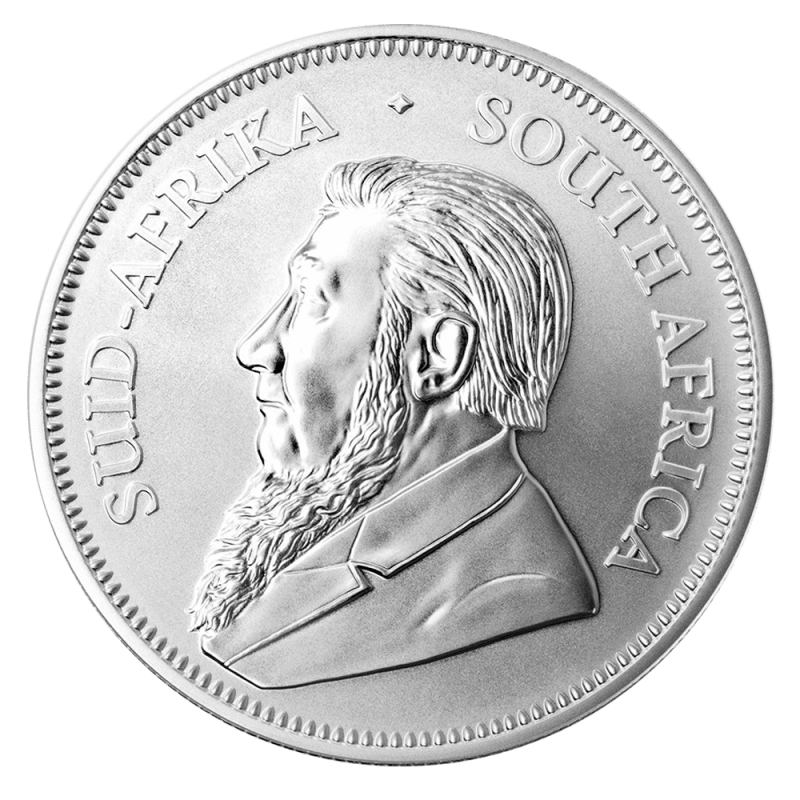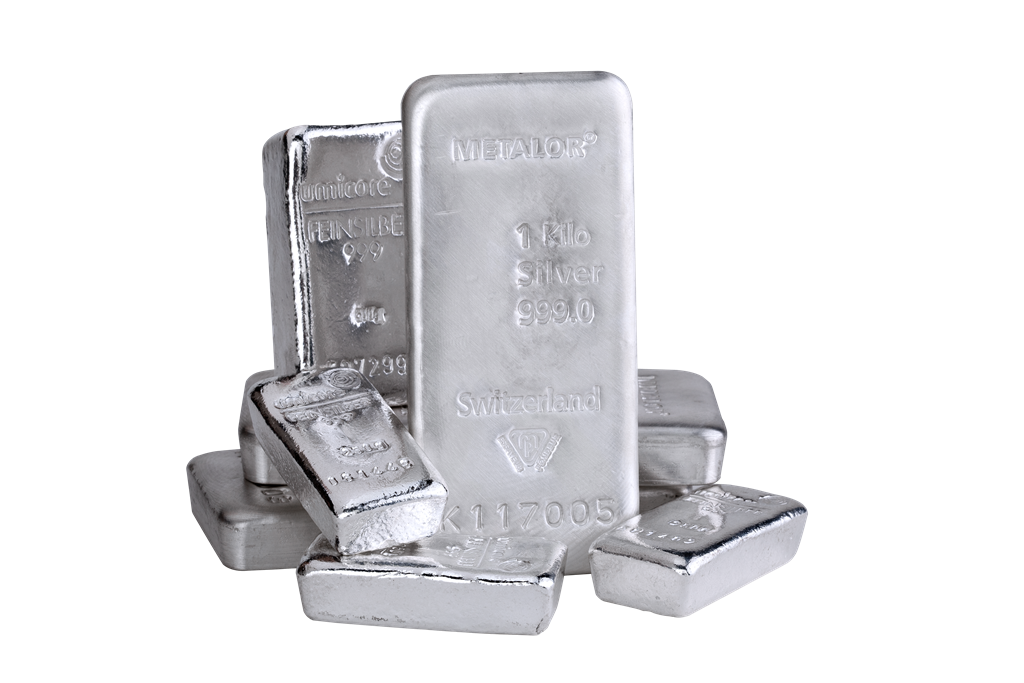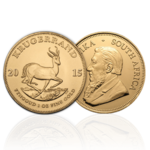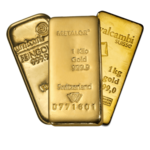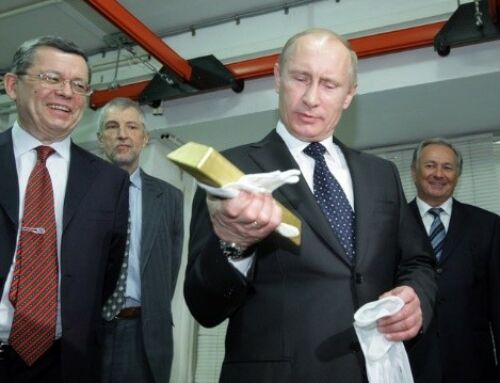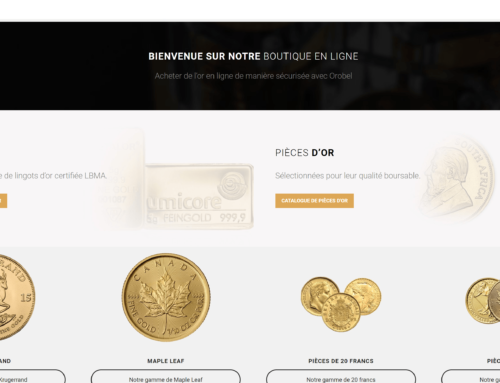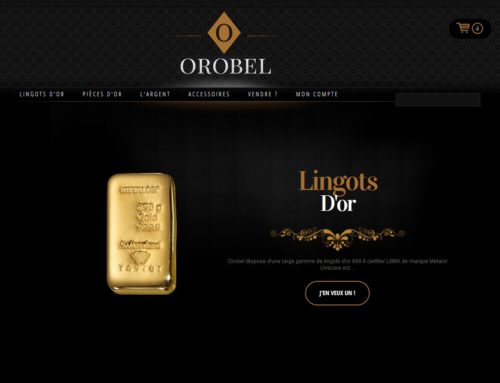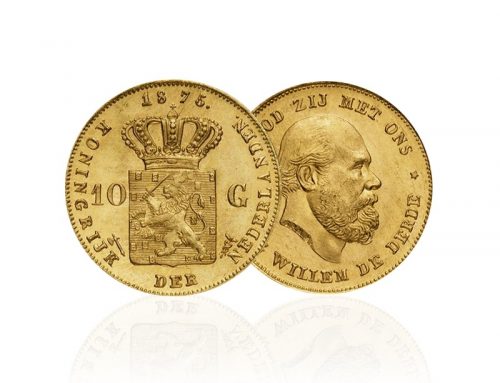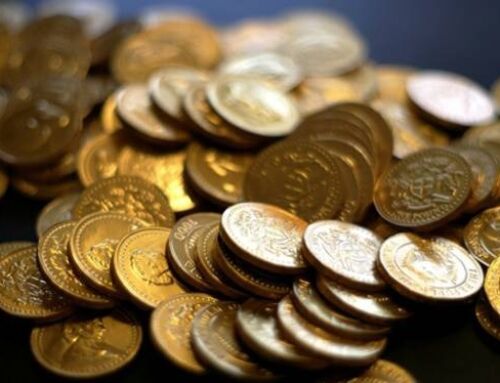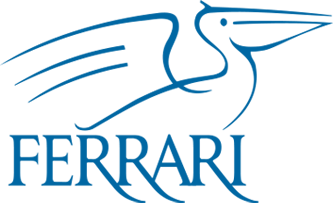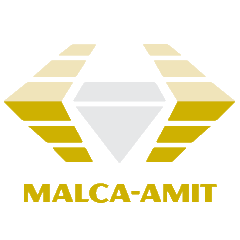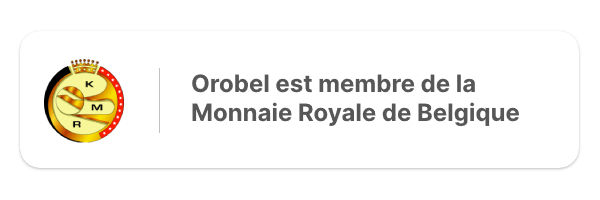The origin of gold
SOME CHEMISTRY ON GOLD
Understanding the behavior of metallic gold can be immediate if one refrains from some chemical considerations. The chemical properties of gold are remarkable for the schoolboy because its level they can be summarized in one word, « noble ». This metal has no chemical reactivity (at first sight) so do not present any difficulties for the young student.
Gold is a precious metal, the soft appearance, the relatively low melting point is 1063 ° C. Ductility and malleability are the largest of all the elements.
Gold 79Au does not react with oxygen or with sulfur, but it is susceptible to attack against halogens or with aqueous solutions producing as aqua regia (HNO 3 + HCl) creating the nascent chlorine.
Atome large and having the configuration of transition metals, are the points on which the chemist can attack. It readily forms complexes with a particularly efficient complexing agent cyanide anion CN- (hence its toxicity). Thus the gold dissolved in cyanide solution in the presence of air or hydrogen peroxide to give the complex anion [Au (CN) 2] -.
This anion above product is easily reduced to metal by the reducing gold action. Found on this proximity that exists in nature between the presence of flakes in the vicinity of sulfide ions (or selenides, tellurides).
If oxidized, bypassing complex formation in monovalent cation Au + it would not thermodynamically favored because this cation is unstable *. As for the trivalent cation Au3 +, it can only exist complexed (and laboratory).
Let’s take a look at the Mendeleev Periodic Table. The gold is in the 79th box (its atomic number Z) after iridium (77) and the platen (78). Among other metals, palladium, rhodium also have specific properties. They are all part of a series of transition metals * said. This feature opens the doors of « fine chemical » or modern organometallic chemistry, one of whose goals is to engage transition metals in bonds with organic molecules to be catalysts for syntheses delicate or medicines against cancer, such as diamino-oxali-platinum.
This very subtle aspect of the reaction or result that the said siderophilic bacteria may depend on it. It follows an enrichment of the precious metal by a very different process simple backlash of inorganic chemistry.
* The negative balance is defined by a balance 3 Au + (aq) = Au + (aq) + 2 Au (s) with the constant K ≈ 1010 for strong theme.
* The IUPAC defines the transition metal as the elements that have a sub-layer « d » incomplete or may yield a cation having a sublayer of incomplete.
